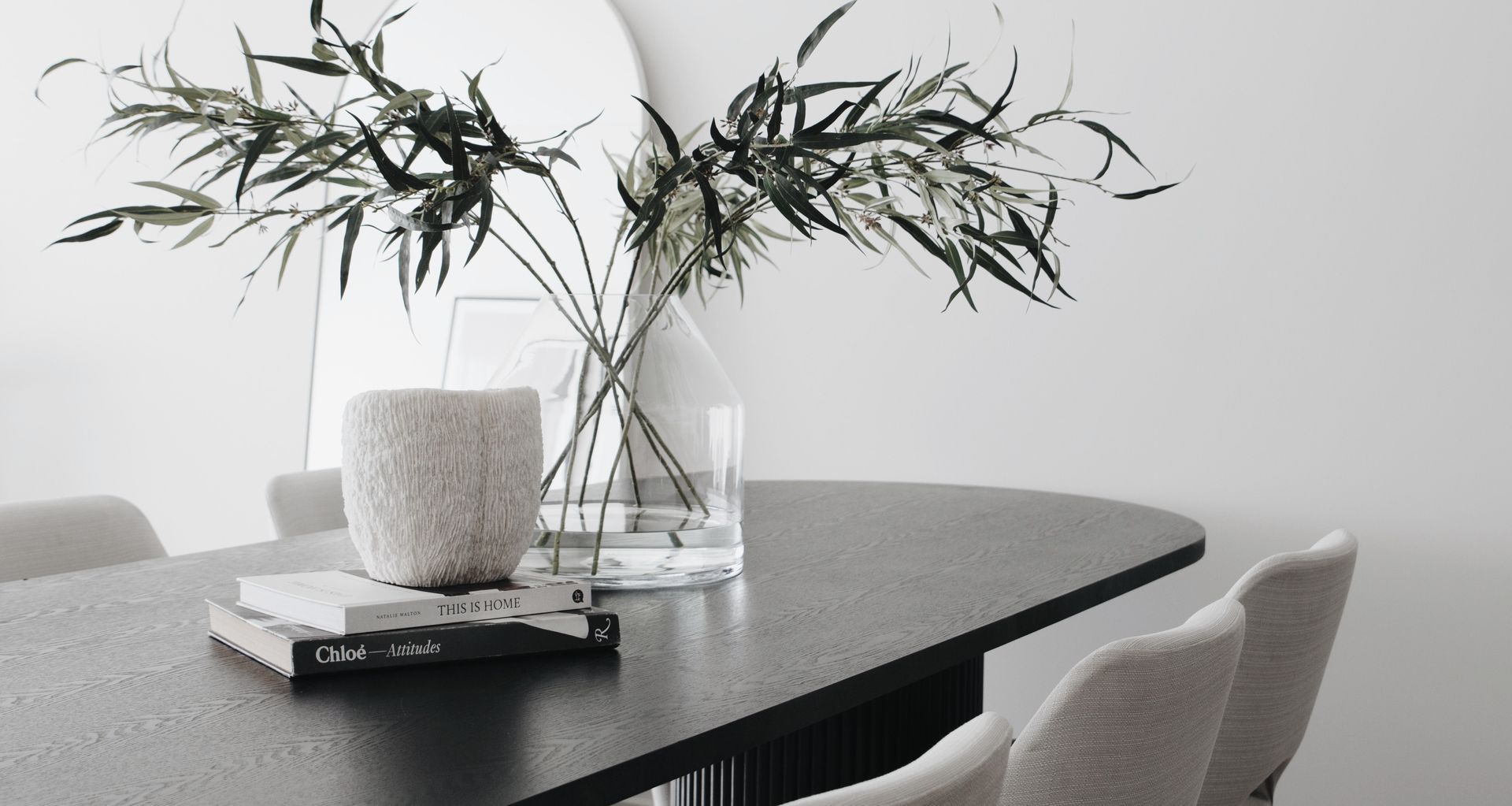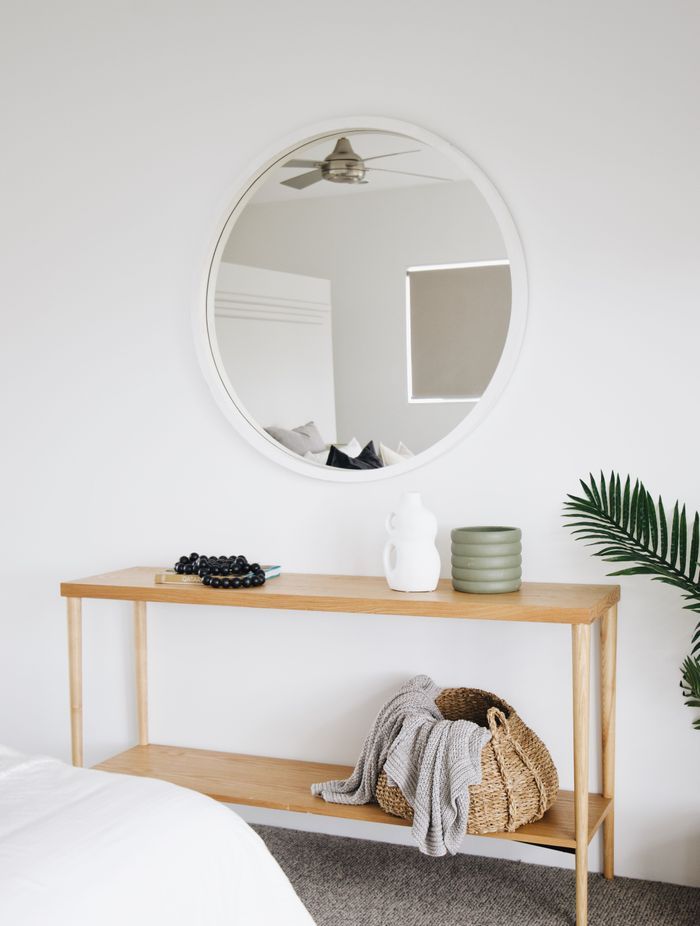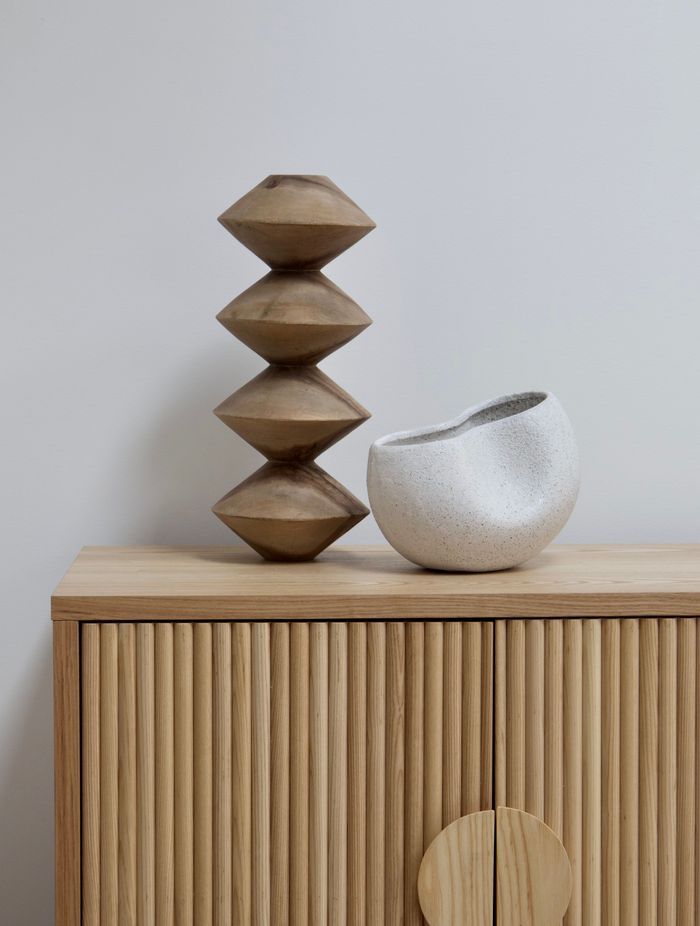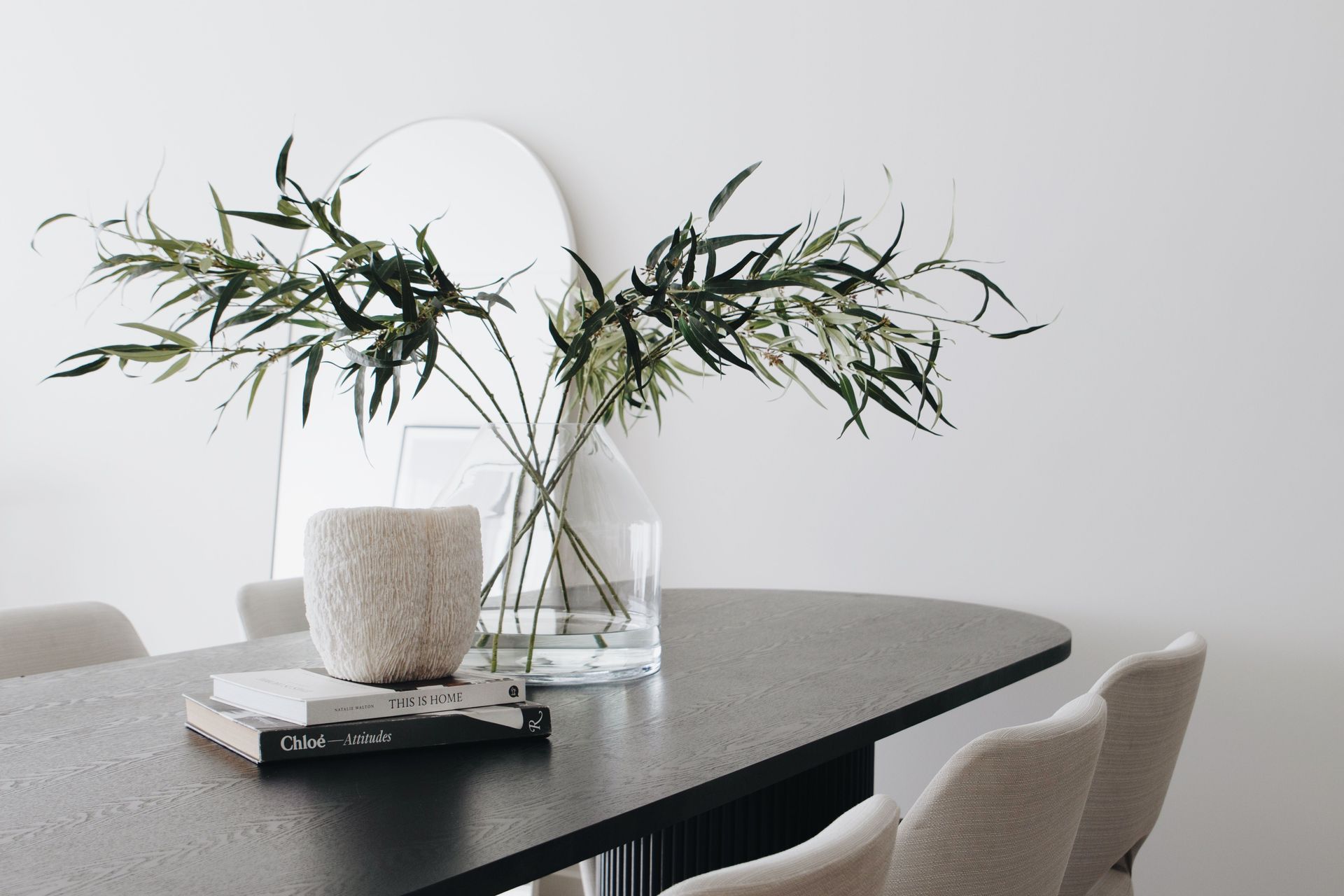Professional interior styling techniques you need to know about
Written by
14 March 2023
•
4 min read

While providing a place of shelter, safety and comfort is the first and foremost function of any house, many of us aspire to create homes that are also beautiful, functional and fabulous. However, if interior design, styling or trends are something you haven’t quite mastered, curating an elevated interior ‘look’ can be a challenge. Lauren Lewis is the creative director of Bowerbird Interiors, and the style guru has some excellent tips and advice for those looking to level up their styling skills.
Lauren explains that it can be helpful for homeowners to think of styling in terms of achieving visual balance; that is, your interiors should have a combination of both coarse and smooth textures and a good mix of shapes. “Coarse textures have irregular surfaces which lend a rustic, warm feeling while smooth textures, such as stone and silk, feel and reflect light. You can’t appreciate either kind of texture without the other to balance it out,” says Lauren. “The best interiors are based on a good mix of shapes, a feeling of comfort comes from circular shapes while energy is driven by more structured, angular shapes.”

How to make a small room feel larger
Avoid using dark colours, heavy drapes and placing bulky furniture near windows and doors as this can make a space feel smaller. Lauren suggests opting for sheer window coverings as this will allow natural light to flow in and strategically placing mirrors within the room to reflect the light and create the illusion of extra space. “If natural light isn’t an option, consider energy-efficient light bulbs, and layer light sources in your home from several angles to create a dimensional, balanced look,” says Lauren. “One more tip is to consider a round dining or coffee table to create a sense of flow while giving you more room to move around.”

How to make a room feel cosy or warm
Colour is the key to creating a ‘feeling’ in your home, and different types of hues represent different types of moods, explains Lauren. “Earthy colours are warm, blue represents peace and productivity while green is for vitality and serenity,” says Lauren. “Lighting is an essential element, too. Slightly dimmed lighting can create a cosy atmosphere. Yellow or ‘warm’ white lighting is best. You can also add candles to spark that ‘homely’ feeling.”
Other options to cosy up a space include incorporating high-quality throw blankets and cushions, touches of wood by way of coffee tables, shelves, bowls or trays, and a great plush rug. “You can also create a cosy vibe by using a warm metal, such as brass, throughout the home, or mixing vintage with contemporary furniture,” says Lauren.
Read now: The ultimate buyer’s guide to rugs

How to create depth
‘Layering’ your decor is the best way to establish visual depth and interest in a room that feels one-dimensional. A good example of decorative layering is a well-styled bed with textured throws and cushions. “Layering rugs, curtains and pillows in contrasting finishes can help provide depth and balance and keep your living spaces visually appealing,” says Lauren. “By simply being selective with your textures you can change the aesthetic of your entire property.” Lauren adds that smooth surfaces tend to add a contemporary tone, while rough textures generally make a space feel rustic and grounded.
Read now: How to make your bedroom feel like a luxury boutique hotel

How to fix a cluttered space
Lauren says the adage of ‘less is more’ holds true for most interiors, and if a room feels cluttered the first things she seeks to remove or reduce are accessories, cushions and throws. “Move anything you don’t want to show off into storage and arrange your favourite decor, such as books, photo frames and sculptures, into vignettes,” says Lauren. “Don’t be scared of negative space! People often worry about not having something on every wall, but you actually achieve a better look by having some blank space, strategically drawing your eye to one focal point.”

Discovering more styling tips and tricks on ArchiPro.